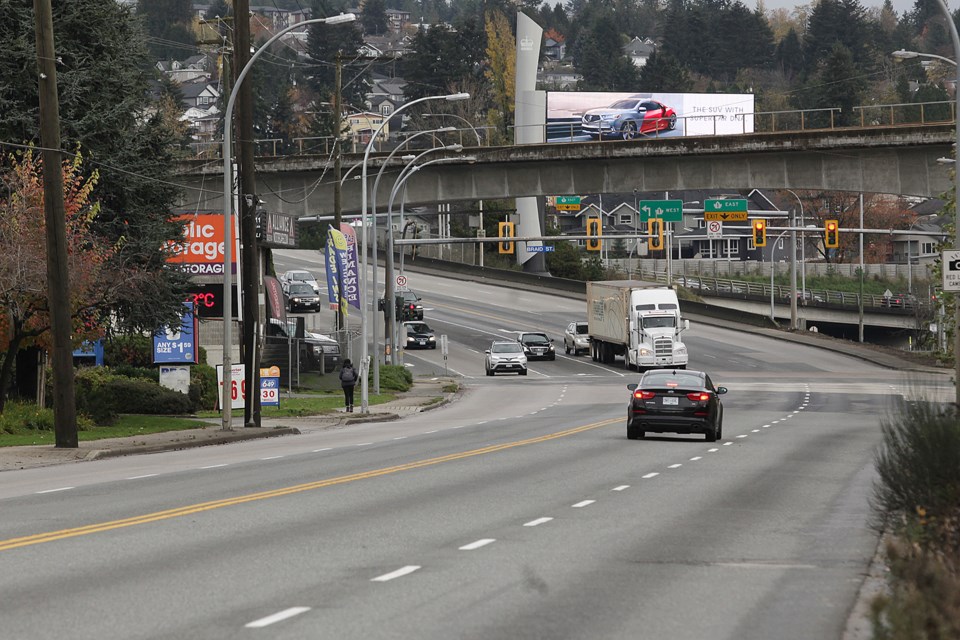The McBride-Sapperton Residents’ Association fears the province is trying to ram through plans for the Brunette interchange.
The group is holding a meeting to discuss the various options and has invited the city and project officials to attend so residents can have an informed discussion and outline their concerns. Residents are invited to attend the meeting on Tuesday, Nov. 22 at 7:15 p.m. at Knox Presbyterian Church at 403 East Columbia St.
The Ministry of Transportation recently held two open houses about the project and has announced the dates of two additional meetings: Tuesday, Dec. 6 from 4 to 7 pm. at the Sapperton Pensioners’ Hall (318 Keary St); and Wednesday, Dec. 7 from 4 to 7 p.m. at Maillard Middle School (1300 Rochester Ave. in Coquitlam.)
“We have reports from many residents that during the open house consultation, the government’s agents are actively promoting Option A and actively discounting Option C,” association president Rnold Smith said in an email to the Record. “This is highly inappropriate in an information-gathering forum. The consultant went so far as to say that the only reason Option C was included was because the city wanted it to be, but that it is not really feasible.”
In Option A, the main crossing of Highway 1 at the Brunette Avenue interchange is separated into two corridors – a two-lane corridor for local traffic crossing Highway 1 and a four-lane corridor for traffic entering or exiting Highway 1. Option B would see Blue Mountain Street extended over Highway 1 to United Boulevard, with an intersection on the overpass becoming the main access point to Highway 1.
Option C, which is the City of New Westminster’s preferred option, is centred on the Blue Mountain interchange overpass; the direct connection between United Boulevard and Brunette Avenue is replaced by a two-lane connection from Blue Mountain Street to East Columbia Street via the Braid industrial connector and a tunnel under the rail lines and the Brunette River.
In May 2011, TransLink dropped plans to build the United Boulevard extension into New Westminster because it couldn’t find an option that met the needs of both the regional road network and local residents. Like then, city officials and residents are now voicing concerns about the need to consider the impacts of the Brunette interchange on area residents and on the city’s road network.
“There is no mention of an overpass in the Option A description, but it is mentioned in Option B, again giving the impression that Option A is better,” Smith said. “All of the pictures of the infrastructure are taken towards the river, giving the impression that all of this will be built on industrial land and not within 30 steps of a residential area that is full of families with kids.”
The McBride Sapperton Residents’ Association wants the Ministry of Transportation to put the brakes on the process and slow it down. It also wants the ministry to:
* Provide a presentation on the potential ramifications of each of the proposed options before any of them are eliminated.
* Provide residents with access to background information that’s been factored into the analysis of the different options.
* Consider the impacts on health and livability.
* Have a fully transparent and thorough consultation process.
* Be clear on how much influence their opinions will have on the process.
Because the plan would see highway infrastructure built in historic residential neighbourhoods, Smith said the community and local government must be partners in the process and not pushed around or bullied by the provincial government.



